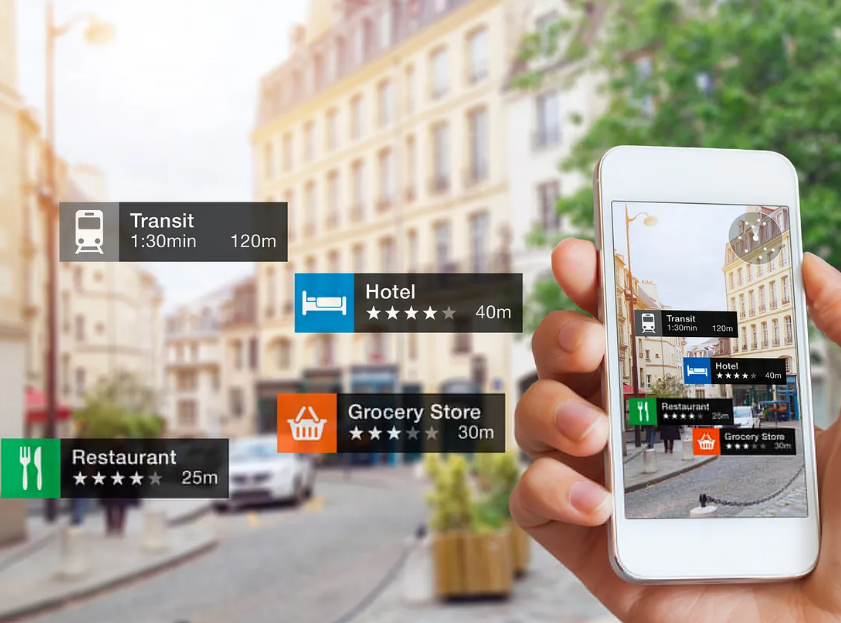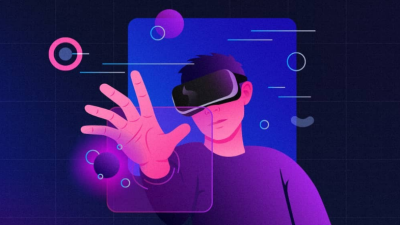Augmented reality has traditionally relied on gesture controls and touch interfaces.
These methods, while functional, created a barrier between users and immersive experiences.
Natural Language Processing (NLP) is changing this dynamic fundamentally.
By allowing users to control AR environments with everyday speech, technology is becoming more accessible and intuitive.
This shift represents more than convenience—it’s reshaping how we interact with digital overlays in our physical world.
How NLP Interprets Our Speech in AR Contexts
Natural Language Processing works by breaking down speech into components it can analyze.
First, it captures audio and converts speech to text.
Then it identifies intent, entities, and sentiment within user statements.
Finally, it maps these elements to specific AR actions and responses.
This process happens in milliseconds, creating the illusion of immediate understanding.
The technology continues to improve in recognizing accents, dialects, and speech variations.
Beyond Simple Commands
Early voice interfaces recognized only specific phrases or keywords.
Modern NLP-powered AR can understand natural conversation and contextual references.
Saying “make that building blue” while looking at a 3D model actually works.
Users can ask questions about what they’re seeing and receive intelligent responses.
The system can maintain conversation threads, remembering previous references.
This contextual awareness creates truly conversational experiences rather than command-response interactions.
Real-World Applications Emerging Today
Architects use voice-controlled AR to modify building models during client presentations.
“Show how this would look with larger windows” instantly transforms the visualization.
Medical professionals access patient data hands-free during procedures.
Maintenance technicians receive step-by-step guidance while keeping both hands on equipment.
Educational environments use voice-controlled AR to make learning interactive and accessible.
As detailed on AR Marketing Tips, retail experiences are being transformed through voice-activated product information and recommendations.
Creating Natural User Experiences
Effective voice-controlled AR requires thoughtful design approaches.
Systems must provide clear feedback so users know they’ve been understood.
Visual cues often complement voice responses to confirm actions.
The voice personality should match the application context and user expectations.
Response times must feel immediate to maintain the illusion of natural conversation.
Developers are focusing on reducing the cognitive load of remembering specific commands.
Overcoming Technical Hurdles
Background noise remains challenging for voice recognition in public spaces.
Processing complex language requires significant computational resources.
Balancing cloud and on-device processing affects both privacy and performance.
Battery consumption increases with continuous voice monitoring.
Development teams are addressing these limitations through improved algorithms and hardware optimization.
Edge computing is emerging as a solution for reducing latency in voice-controlled AR.
Multilingual and Cross-Cultural Considerations
NLP systems are expanding to support dozens of languages.
Cultural nuances and regional expressions require specialized training data.
International brands are investing in localized voice experiences.
Translation services are being integrated into AR to bridge language barriers in real-time.
This globalization of voice interfaces is opening AR experiences to broader audiences.
Privacy and User Trust
Voice data collection raises important privacy considerations.
Users need clear understanding of when systems are listening.
Responsible developers implement strong encryption and data minimization practices.
On-device processing can limit data transmission and associated privacy risks.
Building user trust requires transparency about voice data usage and storage.
The Future of Voice in AR
Ambient computing environments will seamlessly blend voice and visual interactions.
Multi-user voice recognition will support collaborative AR experiences.
Emotional intelligence will enable systems to respond appropriately to user frustration or confusion.
Voice biometrics will provide secure authentication without passwords.
Whispered or subvocal commands will make public usage more practical.
Practical Implementation Steps
Businesses considering voice-controlled AR should:
Start with specific use cases that solve genuine user problems.
Test extensively with diverse user groups and in various environments.
Implement clear feedback mechanisms so users understand when they’re being heard.
Design fallback methods for situations where voice control might be impractical.
Continuously refine language models based on actual user interactions.
Creating Seamless Multimodal Experiences
The most powerful AR interfaces combine voice with other interaction methods.
Gaze tracking complements voice commands with visual context.
Gesture recognition works alongside speech for intuitive manipulation.
Touch controls remain available when precision is needed.
This fusion of input methods creates flexibility for users across different contexts.
Conclusion
Natural Language Processing is transforming voice-controlled AR from a novelty into a practical, intuitive interface.
As technical limitations continue to be addressed, we’ll see increasingly seamless voice interactions in augmented reality.
The ultimate goal is technology that understands us as naturally as another person would.
While challenges remain, the trajectory is clear: the future of AR will be increasingly conversational.
For developers and businesses, voice-controlled AR represents not just a technical advancement but an opportunity to create more human-centered digital experiences.





